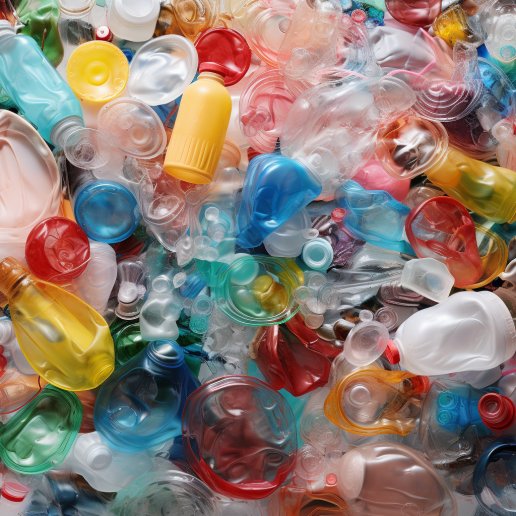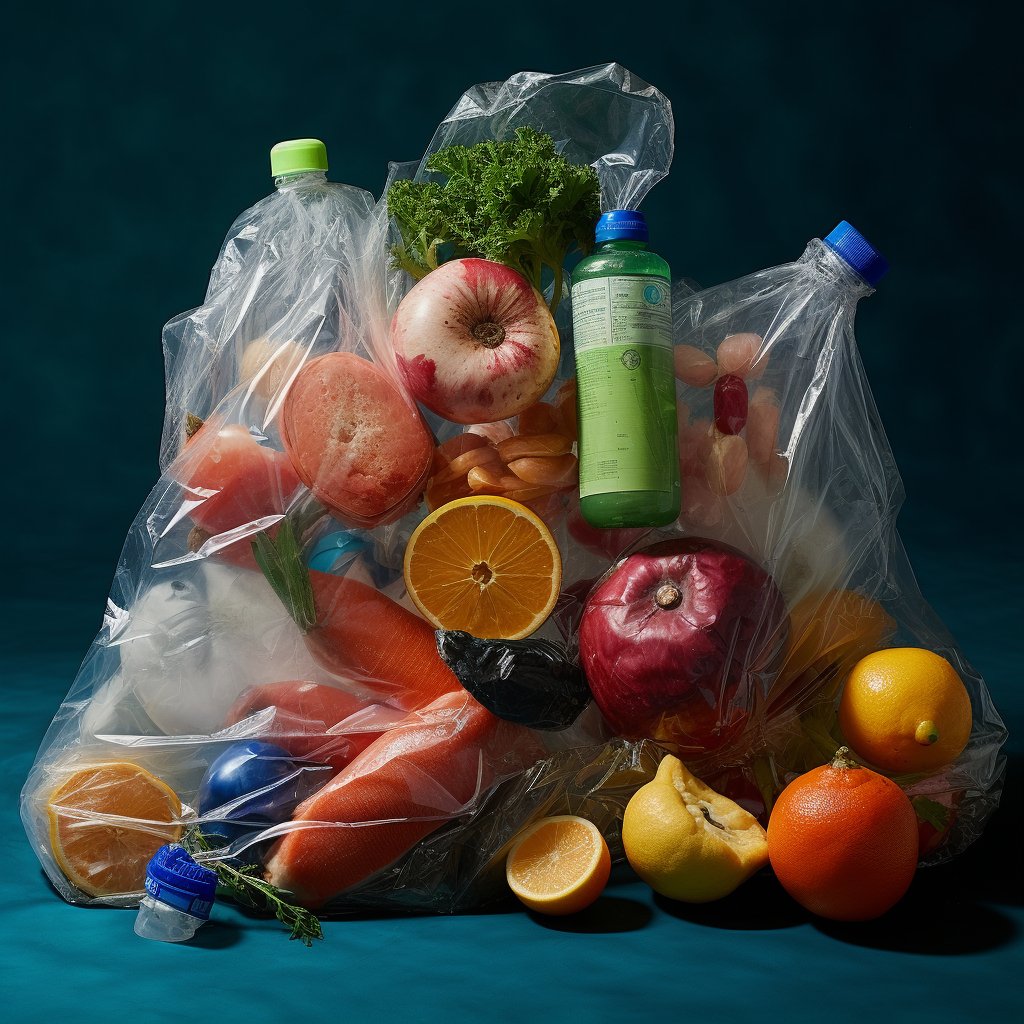The European Union (EU) Taxonomy is a classification system that promotes sustainable investments by providing a common language and criteria for identifying environmentally friendly economic activities. In recent years, the EU Taxonomy has expanded to include specific categories for plastics recycling, recognising its potential to reduce waste and greenhouse gas emissions.
The European Union (EU) has set ambitious targets for reducing plastic waste and increasing recycling rates as part of its broader efforts to transition to a circular economy. To achieve these goals, the EU has developed a Taxonomy for sustainable activities, which includes criteria and standards for identifying environmentally sustainable investments and projects.

EU Taxonomy Categories for Plastic Recycling:
The EU Taxonomy has identified two main categories for plastic recycling: Circular Economy Activities and Climate Change Mitigation Activities.
Circular Economy Activities include recycling of plastics and other waste materials, as well as waste prevention and reuse. Recycling of plastics can take different forms, such as mechanical recycling, chemical recycling or energy recovery. Mechanical recycling involves collecting, sorting and processing plastics into new products, such as packaging, furniture or construction materials. Chemical recycling uses heat, pressure or solvents to break down plastic waste into its constituent molecules, which can produce new plastics with properties similar to virgin materials. Energy recovery involves the use of waste plastics as a fuel to generate electricity or heat.
Climate Change Mitigation Activities include using recycled plastics in products with lower environmental impacts than their conventional counterparts. This can consist of products with reduced carbon emissions, water consumption or land use and those that promote biodiversity or improve resource efficiency. Such products include biodegradable plastics, compostable packaging, and recycled materials in construction or automotive parts.
Industrial Usage and Application Areas:
The EU Taxonomy categories for plastic recycling affect different industries and application areas. For example, the packaging industry is a significant user of plastics and is under increasing pressure to reduce its environmental impact. Using recycled plastics in packaging can help reduce the carbon footprint and resource use and meet regulatory requirements for recycling targets. The construction industry is another area where recycled plastics can be used, for instance, in insulation, roofing or flooring materials. Automotive manufacturers can also benefit from using recycled plastics in parts such as bumpers, dashboards or door panels, which can reduce weight and improve fuel efficiency.
Consumer Product Examples:
Using recycled plastics in consumer products is becoming more common as consumers demand more sustainable and environmentally friendly options. For instance, biodegradable or compostable packaging can be used for food or cosmetic products, reducing the amount of waste going to landfills. Recycled plastics can also be found in household items such as furniture, toys, or electronics and in fashion and textiles. Companies that adopt a circular economy approach can use recycled plastics to create closed-loop systems, where waste materials are reused or recycled into new products, reducing the need for virgin materials.
Relationship between the EU Taxonomy and plastic recycling:
- Policy and regulatory landscape: The EU Taxonomy for plastic recycling is closely linked to EU policies and regulations aimed at reducing waste and increasing resource efficiency. These include the Circular Economy Package, the Plastics Strategy, and the Waste Framework Directive, which set recycling targets, ban certain single-use plastics, and promote eco-design principles, among other measures.
- Challenges and opportunities: The adoption of the EU Taxonomy for plastic recycling presents both challenges and opportunities for stakeholders in the plastics and recycling industries. For instance, the demand for recycled plastics may outstrip supply, leading to price fluctuations and quality issues. At the same time, the growing awareness and interest in sustainability and circular economy principles can create new markets and business models for innovative recycling technologies and products.
- Global impact: Plastic waste and pollution are global issues that require international cooperation and coordination. The EU Taxonomy for plastic recycling can serve as a model for other countries and regions looking to promote sustainable investments and reduce their environmental footprint. However, implementing the Taxonomy may also have unintended consequences, such as displacing plastic waste to other regions or industries that do not have different recycling infrastructure and capacity.
- Future trends: The future of plastic recycling is likely to be shaped by several trends and developments, including advances in recycling technologies, changes in consumer behavior and preferences, and the emergence of new business models and partnerships. The EU Taxonomy for plastic recycling can guide and incentivise stakeholders to invest in and adopt sustainable practices and products. However, the success of the Taxonomy ultimately depends on the willingness and ability of all actors in the value chain to collaborate and innovate towards a more circular and sustainable future.
EU Taxonomy in relation to plastic recycling processes
The EU Taxonomy for plastic recycling covers several processes that convert plastic waste into new products or materials. These processes include mechanical recycling, chemical recycling, and feedstock recycling.
Mechanical recycling involves shredding, grinding, and washing plastic waste to produce pellets or flakes that can be used to make new products. Mechanical recycling is the most common form of plastic recycling and can produce high-quality materials at a relatively low cost. However, it is limited by the quality and quantity of the input materials, and can only be used for certain types of plastics.
Chemical recycling involves breaking down plastic waste into its constituent molecules, which can be used to produce new plastics or other chemicals. Chemical recycling has the advantage of being able to process a wider range of plastics, including those that are difficult to recycle mechanically. However, it is more expensive and energy-intensive than mechanical recycling, and can produce greenhouse gas emissions and other pollutants.
Feedstock recycling involves using plastic waste as a substitute for fossil fuels in industrial processes such as cement production or steelmaking. Feedstock recycling has the advantage of reducing the use of non-renewable resources and reducing greenhouse gas emissions. However, it is limited by the availability and quality of the plastic waste, and may not be considered a true form of recycling by some stakeholders.
Advantages and disadvantages of EU Taxonomy for plastic recycling
The adoption of the EU Taxonomy for plastic recycling has several advantages for stakeholders in the plastics and recycling industries. It provides a clear and transparent framework for identifying sustainable investments and projects, and encourages the use of recycled plastics in a range of applications. It can also help reduce plastic waste’s environmental impact by promoting resource efficiency and circular economy principles.
The Taxonomy for plastic recycling has some disadvantages and challenges. It may be difficult to apply the Taxonomy consistently across sectors and regions, and disagreements may arise. It may lead to price fluctuations and quality issues. Additionally, the Taxonomy may not address the root causes of plastic waste and pollution and may not be sufficient to achieve the ambitious recycling targets.
Environmental and global impacts of EU Taxonomy for plastic recycling
The environmental and global impacts of the EU Taxonomy for plastic recycling depend on how stakeholders implement and adopt it. Suppose the Taxonomy leads to increased investment and innovation in sustainable plastic recycling processes and products. In that case, it can help reduce plastic waste’s environmental footprint and support the transition to a circular economy. However, suppose it leads to displacement of plastic waste to other regions or industries with weaker recycling infrastructure and capacity. In that case, it may have unintended consequences and negative environmental and social impacts.
The EU Taxonomy for plastic recycling can also have global impacts by serving as a model for other countries and regions looking to address plastic waste and pollution. It can encourage international cooperation and coordination on plastic waste management, and support the development of sustainable supply chains and markets for recycled plastics. However, it may also lead to trade disputes and tensions as different countries and regions adopt different standards and regulations for plastic recycling.
EU Taxonomy:
The EU Taxonomy for plastic recycling is important for promoting sustainable plastic waste management. By setting standards and criteria for environmentally sustainable investments and projects, the Taxonomy is helping to drive the transition towards a circular economy. The different forms of plastic recycling covered by the Taxonomy offer various advantages and disadvantages, but all have the potential to contribute to a more sustainable future. As the recycling industry evolves, it will be exciting to see how market price developments and future trends shape the landscape. Ultimately, by implementing sustainable practices, we can create a world where plastic waste is minimised, and the planet is healthier for all.
By promoting sustainable plastic waste management, the EU Taxonomy for plastic recycling is playing an essential role in the transition towards a circular economy. As individuals and organisations, we can do our part by supporting and implementing sustainable practices in our daily lives and work. Let’s work together to create a future where plastic waste is a thing of the past.






